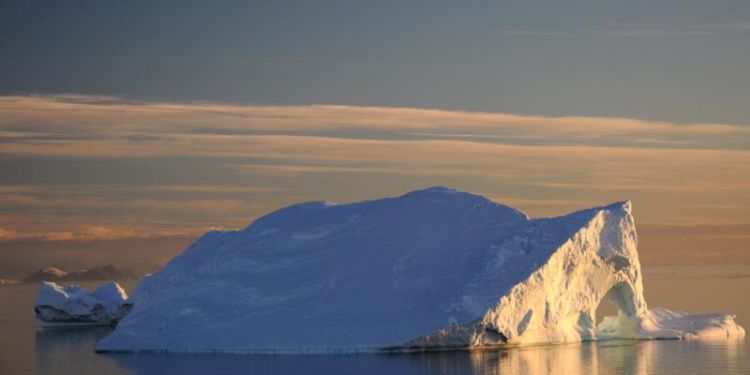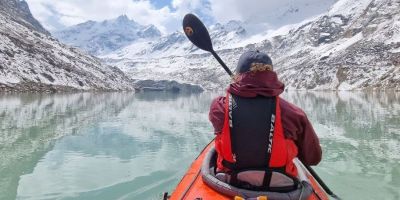Building better ice stupas

Professor Duncan Quincey comments on how an automated system could help communities in building ice stupas
In India’s mountainous Ladakh region, farmers construct ice stupas to store winter water using pipes and sprinklers. These artificial glaciers then gradually release water as they melt to support communities through the dry spring months. When the weather is at its coldest, there is often difficulties in construction with the pipes freezing.
Professor Duncan Quincey from the School of Geography has commented on the research that was reported at the Frontiers in Hydrology meeting in San Juan, Puerto Rico, that suggests an automated system could be used to erect the ice stupa that prevents frozen pipes and will use a tenth of the amount of water.
Although not involved in the research, Professor Duncan Quincey has said, “This is one of the technological steps forward that we need to get this innovative idea to the point where it’s realistic as a solution. Automation could help communities build larger, longer-lasting ice stupas that provide more water during dry periods”.




